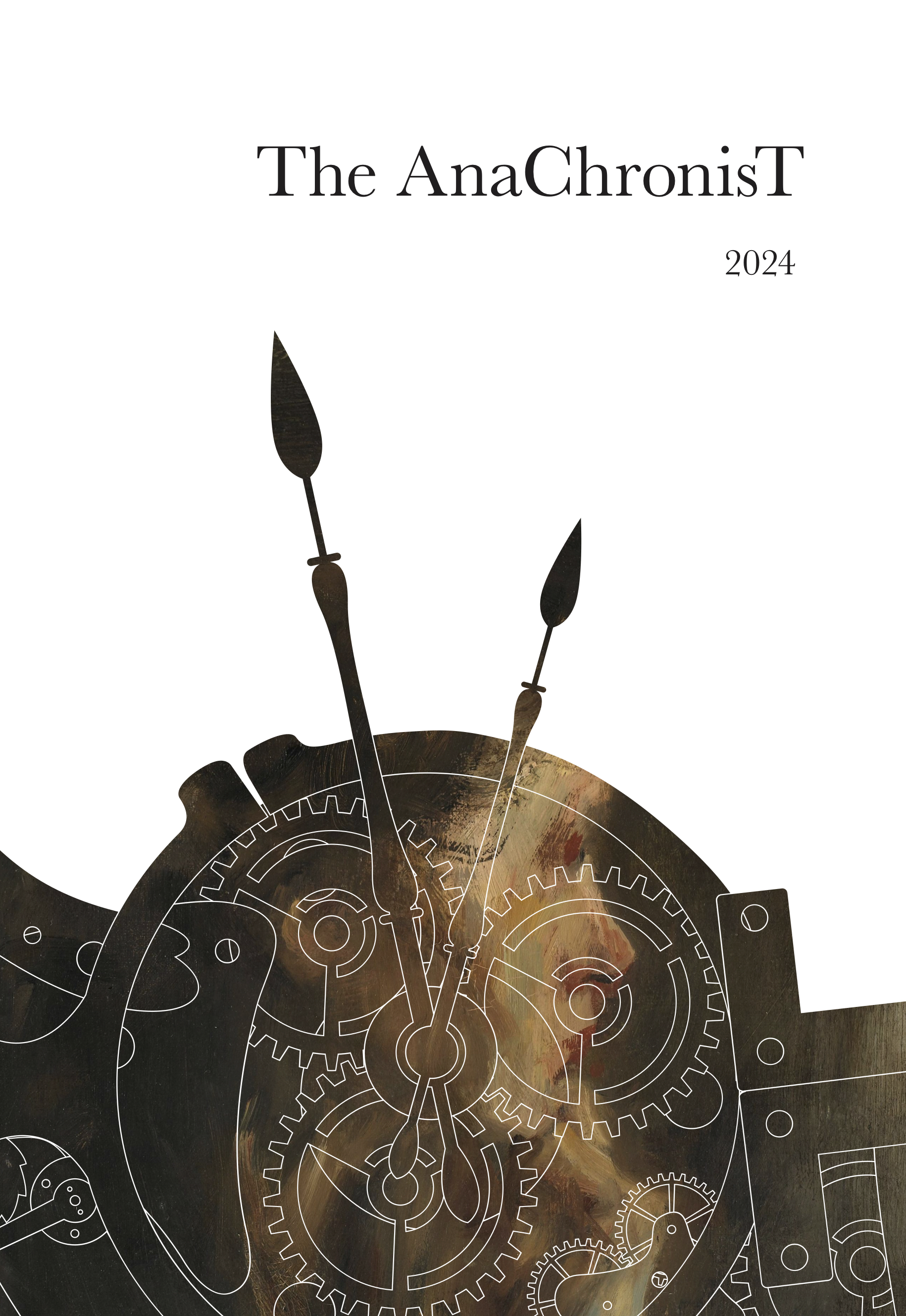Unbridling the "Tamed Other"
Imagining "the Gypsy" in Late Victorian Gothic Fiction
DOI:
https://doi.org/10.53720/TPGD9630Abstract
This article investigates late-Victorian literary depictions of the imagined “Gypsy” by examining the “Szgany” of Bram Stoker’s novel Dracula. Contemporary ethnographic and legal sources are also employed to uncover Stoker’s reading of “the Gypsy” and the shift from domestic to recognisably foreign roles assumed in works of fiction. This discussion tackles the interaction of landscape and ideology, the historical and ethnographical context of the late nineteenth century, and the general significance of “the Gypsy” in these narratives. Building on the Gothic notion of the de-localised (Oriental) Other, this article introduces a new concept, the re-localisation of the de-localised Other, exemplified by the connection made between the “Szgany” of Stoker’s Transylvania and the “ordinary gipsies all the world over.” The re-localisation effort results in a shift in the layers of domestic Gypsies’ otherness and creates an atmosphere that is ripe for contagion and Oriental invasion, yet is rooted in the ordinary, the “real” that is recognisable to the Victorian middle-class reader. In this article, the relevant processes behind constructing the Gypsy—like gothicisation and orientalisation—are studied, employing a perspective that emphasises the interrelatedness of the Other and the landscape. Together, these aspects of the novel establish a “couleur locale” fitting for the sinister activities of Dracula. Additionally, Arthur Conan Doyle’s "The Silver Blaze" and "The Speckled Band" serve as texts for comparison, as they showcase the domestic Other, notably in the role of the scapegoat, the petty, ordinary criminal.

